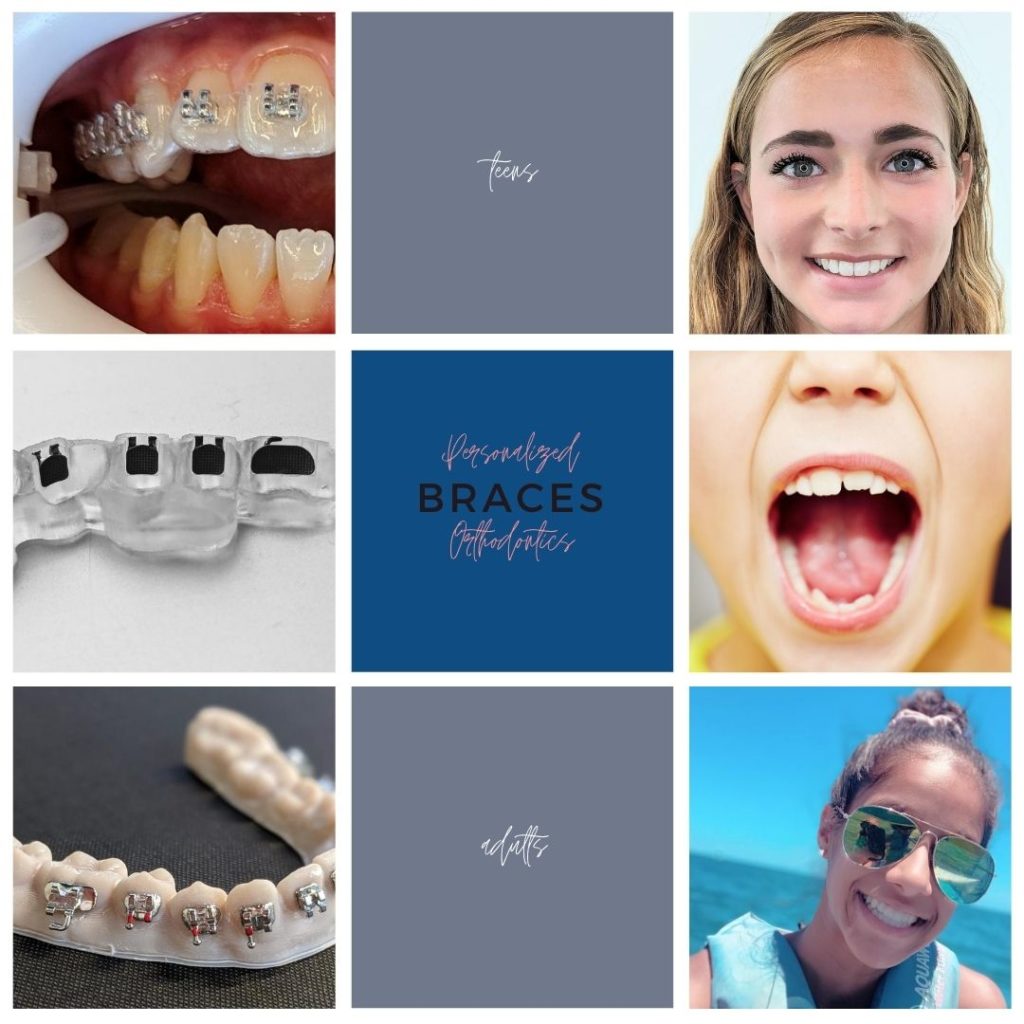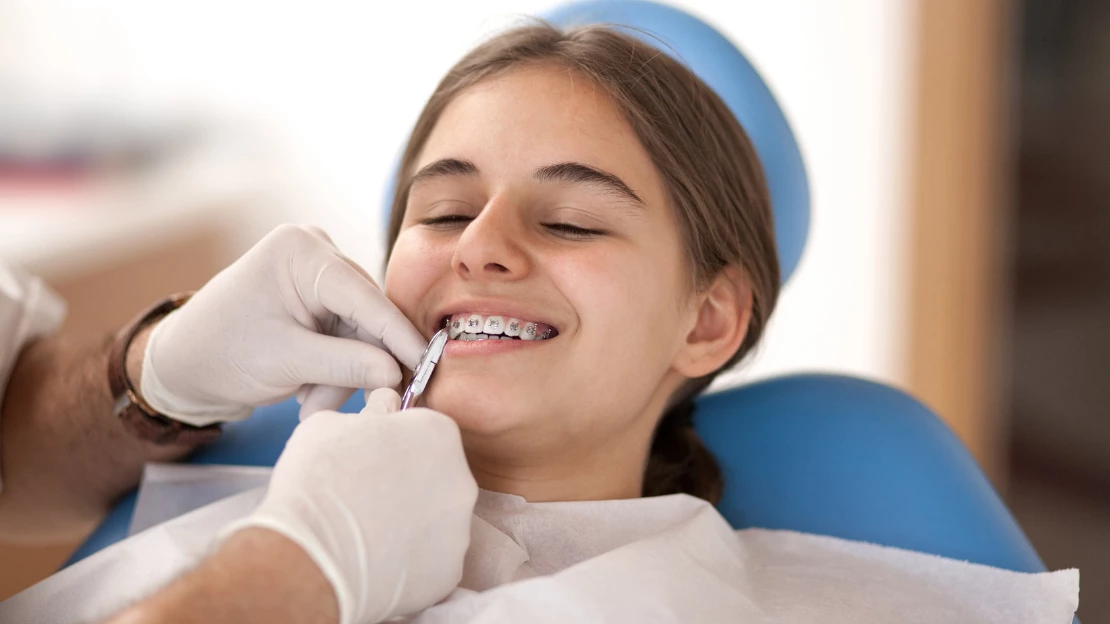How Legacy Orthodontics can Save You Time, Stress, and Money.
How Legacy Orthodontics can Save You Time, Stress, and Money.
Blog Article
The Best Guide To Legacy Orthodontics
Table of ContentsExcitement About Legacy OrthodonticsNot known Facts About Legacy OrthodonticsNot known Facts About Legacy OrthodonticsRumored Buzz on Legacy OrthodonticsThe 7-Second Trick For Legacy Orthodontics
At Advanced Orthodontics, we offer clients with a alternative treatment experience. Furthermore, we provide adjustable treatment schedules, versatile payment choices and an enjoyable, pleasurable experience. invisalign. Phone call ( 480) 357-4900 today for more information and schedule a consultation.An orthodontist is a dental practitioner educated to detect, prevent, and treat teeth and jaw irregularities. Orthodontists work with individuals of all ages, from youngsters to adults.
Malocclusion, or misaligned teeth, can result in oral problems, consisting of tooth degeneration, gum tissue illness, and challenging or unpleasant eating. Not everybody is birthed with straight teeth. If you have a bad bite or big rooms between your teeth, you may wish to speak with a dental expert focusing on orthodontic care.
Legacy Orthodontics Fundamentals Explained
( Image Credit Rating: DigitalVision/Getty Images) Orthodontists utilize fixed and detachable oral tools, like braces, retainers, and bands, to change the position of teeth in your mouth. Orthodontic therapy is for dental abnormalities, consisting of: Jagged teethBite issues, like an overbite or an underbiteCrowded teeth or teeth that are as well far apartJaw misalignmentThe goal of orthodontic treatment is to improve your bite.
A healthy bite guarantees you can eat, eat, and talk effectively. While you might think about orthodontists as primarily for kids or teens who require braces, they can fix oral problems at any age. Orthodontists participate in college, dental school, and orthodontic college. After graduation, they spend 2 or 3 years in an orthodontic residency program.
, however not all dental professionals are orthodontists. They concentrate on 2 areas: Just how to properly and safely move teeth Exactly how to effectively assist advancement in the teeth, jaw, and faceOnce an orthodontist has actually completed training, they have the choice to come to be board licensed.
How Legacy Orthodontics can Save You Time, Stress, and Money.
Malocclusion leads to tooth congestion, an askew jaw, or uneven bite patterns. Malocclusion is typically treated with: Your orthodontist affixes steel, ceramic, or plastic square bonds to your teeth.
If you have just minor malocclusion, you may have the ability to utilize clear dental braces, called aligners, instead of traditional braces (https://www.anyflip.com/homepage/oxhxt). Some people need a headgear to assist move teeth into line with pressure from outside the mouth. After dental braces or aligners, you'll need to put on a retainer. A retainer is a personalized gadget that maintains your teeth in position.
They're usually made use of on kids. They can produce additional area in the mouth without having to draw teeth. If you have a serious underbite or overbite, you may need orthognathic surgical treatment (also called orthodontic surgical procedure) to lengthen or shorten your jaw. Orthodontists make use of cables, medical screws, or plates to sustain your jaw bone.
You may need to see an orthodontist if you have: Crowding or not enough room for every one of your teethOverbite, when your upper teeth come your bottom teethUnderbite, when your base teeth are also much forwardSpacing or problems with gapsCrossbite, which is when your upper teeth fit behind your base teeth when your mouth is closedOpen bite or a vertical gap in between your front base and upper teethMisplaced midline, when the center of your bottom and top teeth don't align Fixing a dental malocclusion can: Make biting, chewing, and talking easierImprove the symmetry of our face and your overall appearanceEase pain from temporomandibular joint problemsSeparate your teeth and make them less complicated to clean up, aiding avoid dental caries or dental caries It's usually a dental professional that initially notices misaligned teeth during a routine examination.
Legacy Orthodontics - Truths

During your go to this website initial orthodontic examination, you'll likely have: A dental examPhotos taken of your face and smileDental X-raysPanoramic (360 degree) X-rays of your face and headImpressions to create molds of your teethThese examinations will certainly aid your orthodontist know how to continue with your treatment. braces. An orthodontist is a dentist that's had training to treat your teeth and jaw
Orthodontists may perform surgical procedure, exams,X-rays,and more to assist you acquire an extra comfy, healthier smile. An orthodontist is concentrated on your bite, so something like a damaged tooth would certainly be handled by a dentist. Orthodontists are dental professionals yet not all dental practitioners are orthodontists. Orthodontists are concentrated on your bite, or the method your teeth fit together, and the straightness of your teeth.
Ever before wondered exactly how stars constantly appear to have flawlessly aligned teeth? Orthodontists are oral specialists who concentrate on correcting abnormalities in the teeth and jaws.
What Does Legacy Orthodontics Do?

While dental braces are one of the most generally identified orthodontic therapy, orthodontists have a diverse toolkit at their disposal. The certain method chosen depends upon the intensity of the instance, the person's age, and private choices. These tried-and-true braces use a system of braces adhered to the teeth and attached by wires.
Clear aligners, like Invisalign, are a prominent option for individuals seeking a more very discreet therapy choice. These removable trays are personalized to gradually shift the teeth's setting. Headwear might be made use of combined with dental braces or aligners to use additional targeted forces, especially for dealing with jaw disparities. In situations of narrow jaws, palatal expanders can be utilized to create space for proper tooth placement.
Report this page